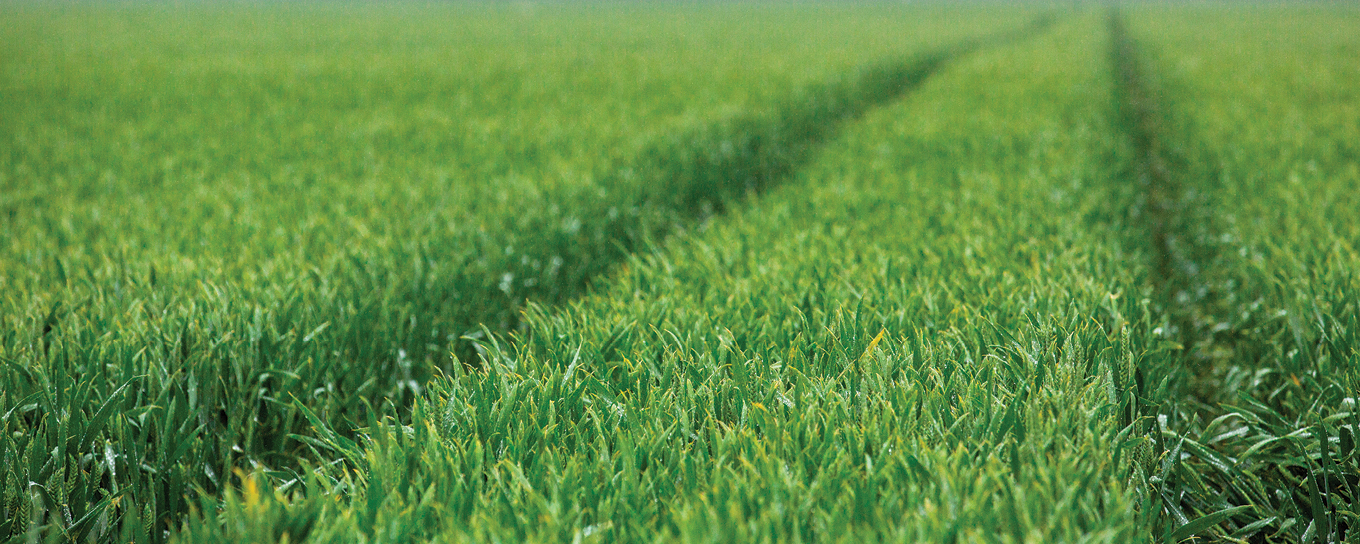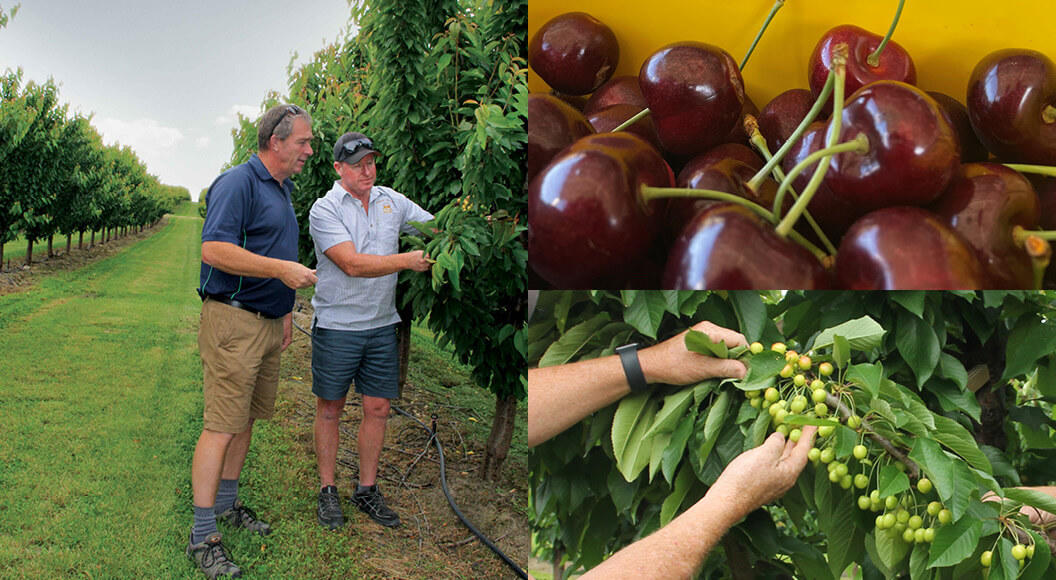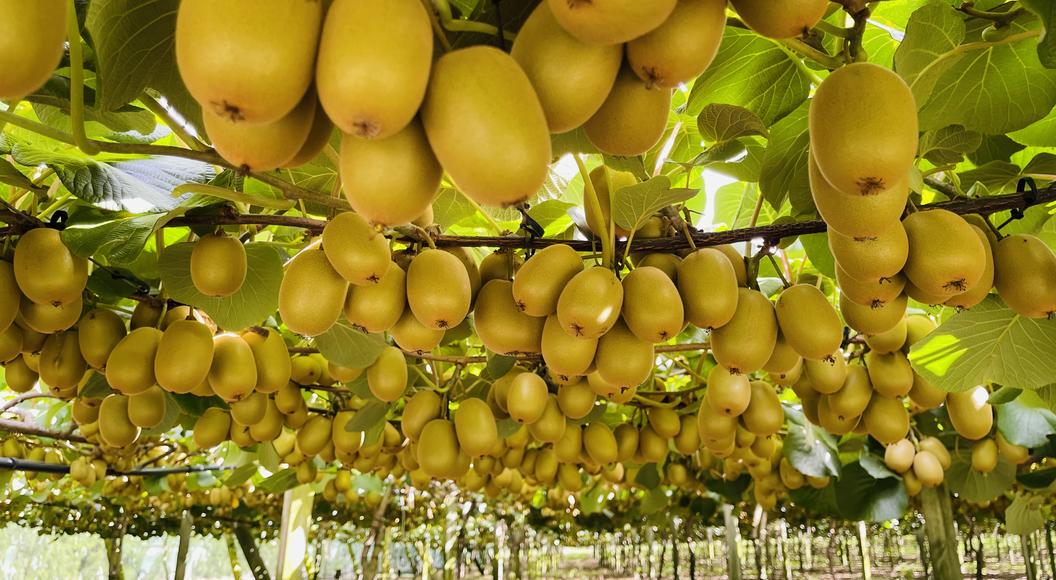
Getting lime on early for next season's spring sown crops
In New Zealand, our pastoral/cropping soils are usually slightly acidic. Over time, soils become more acidic due to a variety of factors including plant uptake of essential nutrients, leaching, decomposition of organic matter by microbes and the application of certain fertilisers such as elemental sulphur.
When soils become too acidic, essential nutrients like phosphorus (P) and molybdenum (Mo) may become less available to plants. Conversely elements like aluminium (Al) become more available and toxic to plants. An excessively acidic soil can have a negative impact on the potential yield of the crop planted in it. This is where lime comes into a cropping programme and has a critical role to play in maintaining soil fertility. Adding the right amount of lime to a soil can neutralise high levels of Al and enable plants to use most essential nutrients more efficiently, and can stimulate microbial activity.
The hydrogen ion (H+) concentration in soils, the sole cause of soil acidity, is measured in a pH scale ranging from 0.0 to 14.0 Depending on which end of the scale the pH is on, a soil can be either acidic or alkali. Acidic soils have a pH level between 0.0 and 7.0 and alkali soils have a pH value ranging from 7.0 to 14.0. The pH levels of most New Zealand soils generally falls within the range of 5.0 to 7.0, and most crops have an optimum soil pH between 5.8 to 6.4 (crop dependant). In simple terms, lime adds carbonate to the soil that reacts with water producing an alkali (OH-) and neutralising acid (H+). As acidity is neutralised, the pH increases, and the more carbonate added, the more acid is neutralised and the greater the pH increase.
A well-known, handy ‘rule of thumb’ is that 1 tonne per ha of good quality lime, for instance 80 percent calcium carbonate or better, raises the pH of a typical soil by 0.1 units. This rule of thumb is for pastoral soils that are soil tested to a depth of 7.5 cm. For crops that are sampled to a 15 cm depth, this ‘rule of thumb’ needs to be approximately doubled to 2 tonne per ha for a 0.1 unit change.
Lime is sparingly soluble so it takes time (minimum of six and up to 24 months depending on climate and soil type) to dissolve and move down the soil profile. For this reason, it is best to apply lime to the soil at least six months prior to planting a spring-sown crop. The best way to evaluate the need for liming is to identify cropping paddocks early and have these soil tested (to 15 cm) to identify any potential pH issue. Then lime can be applied in a timely manner to rectify any issues with soil acidity.
Talk to your local PGG Wrightson Technical Field Representative today about soil testing potential cropping paddocks and suitable liming products.


